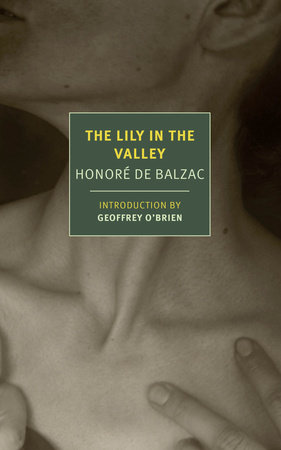
The Lily in the Valley
Honoré de Balzac, translated from the French by Peter Bush, introduction by Geoffrey OBrien
Paperback
July 23, 2024 | ISBN 9781681377988
AmazonBarnes & NobleBooks A MillionBookshop.orgHudson BooksellersPowell'sTargetWalmart
Ebook
July 23, 2024 | ISBN 9781681377995
AmazonApple BooksBarnes & NobleBooks A MillionGoogle Play StoreKobo
About the Book
A story of impossible and unsatisfied desire, Balzac’s The Lily in the Valley opens with a scene of desire unleashed. Félix de Vandenesse, the shy teenage scion of an aristocratic family, is at a ball, when his eyes are drawn to a beautiful woman in fashionable undress: before he knows what he is doing, he throws himself upon her, covering her bare back with kisses. In shock, she pushes him away. He leaves the party in shame.
The woman at the party is Henriette de Mortsauf, married to a much older count. Time passes, and Félix is reintroduced to her. Nothing is said of what transpired, though nothing is forgotten, and a courtship begins whose premise is that Félix will worship Henriette without displaying the least sign of desire. He waits on her. He plays endless board games with her impossible husband. He develops a language of flowers and presents her with elaborately coded bouquets. Félix and Henriette are in a swoon, until he departs for Paris to pursue a career in politics and takes up with the uninhibited Arabella Dudley. Meanwhile Henriette is on her deathbed. She writes him, “Do you remember your kisses? They have dominated my life and furrowed my soul. . . . They are my death!”
The Lily in the Valley is a terrible fairy tale of two people lost in a game of love—or is it? Peter Bush’s new translation brings out the psychological dynamics of one of Balzac’s masterpieces.


